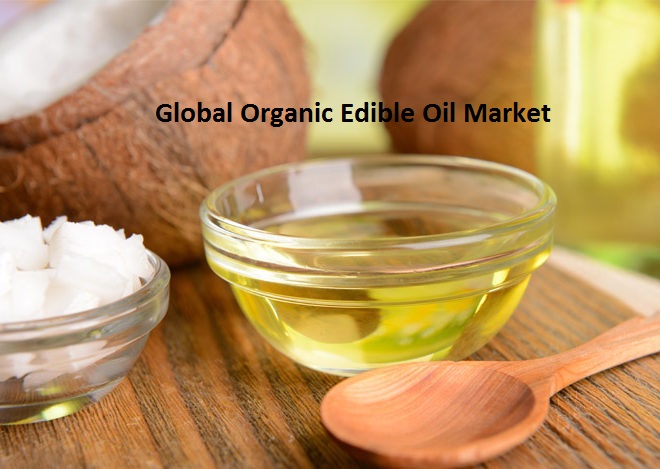The global alcoholic beverages market stands at the crossroads of tradition and innovation, a dynamic sector shaped by shifting consumer preferences, cultural influences, and the relentless pursuit of quality. Beyond being a simple indulgence, alcoholic beverages have become an integral part of social, cultural, and celebratory occasions worldwide. This article delves deeper into the multifaceted world of alcoholic beverages, exploring the growth trajectory, revenue generation, market size, and prevailing trends that characterize this spirited industry.
Alcoholic Beverages Market Growth: A Spirited Journey
Alcoholic beverages market growth is a testament to the ever-evolving landscape of consumer preferences and global trends. A key driver of this growth is the industry’s ability to adapt to changing consumer demands. While beer, wine, and spirits remain stalwarts, the emergence of new categories and innovative concoctions has expanded the market’s scope. Craft breweries, artisanal distilleries, and boutique wineries have contributed to the diversification of offerings, appealing to a broader consumer base.
This growth is not uniform across all segments. Beer, as one of the oldest and most widely consumed alcoholic beverages, continues to evolve with the introduction of craft beers, flavored brews, and innovative brewing techniques. Wine, traditionally associated with sophistication, has seen a surge in popularity, with consumers exploring a vast array of varietals and blends. Spirits, encompassing a spectrum from whiskey to vodka, have witnessed a premiumization trend, with consumers gravitating towards high-quality, artisanal options.
Alcoholic Beverages Market Revenue: Toasting to Economic Impact
Alcoholic beverages market revenue is a testament to its economic significance. As consumer preferences evolve, so does the market’s ability to create and market products that resonate with a diverse audience. Premiumization, coupled with the emergence of niche and luxury offerings, has contributed significantly to revenue growth. Consumers are willing to invest in unique and high-quality beverages, driving up the overall market value.
The revenue streams are not solely reliant on traditional sales. Innovations in marketing, including experiential events, collaborations, and limited-edition releases, contribute to brand visibility and exclusivity. Additionally, the rise of e-commerce platforms and direct-to-consumer sales channels has provided manufacturers with new avenues to reach consumers, impacting revenue dynamics.
Alcoholic Beverages Market Size: A Goblet of Diversity
Alcoholic beverages market size is expansive, reflecting the diversity of products and the global nature of consumption. Geographical and cultural influences play a significant role in shaping the market’s size, with regional preferences contributing to the overall landscape. Understanding the size of the market provides insights into the scale of operations, potential areas for expansion, and opportunities for market penetration.
Population demographics, legal frameworks, and cultural practices contribute to the market’s size. For example, regions with a younger demographic may experience a surge in demand for innovative and trendy beverages, while mature markets may see a shift towards premium and artisanal offerings. Regulatory environments also influence the market’s size, with varying degrees of control affecting distribution, advertising, and product availability.
Alcoholic Beverages Market Trends: A Sip of the Future
Alcoholic beverages market Trends are dynamic and reflective of evolving consumer behaviors. Tracking these trends provides stakeholders with valuable insights into the industry’s direction and potential opportunities. Some noteworthy trends shaping the market include:
1. Sustainability and Ethical Consumption:
– A growing awareness of environmental issues and ethical considerations has led consumers to seek sustainably produced and ethically sourced alcoholic beverages. Eco-friendly packaging, organic ingredients, and transparent supply chains are gaining prominence.
2. Low-Alcohol and Alcohol-Free Alternatives:
– Health-conscious consumers are exploring low-alcohol and alcohol-free alternatives. This trend aligns with the broader shift towards healthier lifestyles, and manufacturers are responding with innovative, flavor-packed options.
3. Technology Integration:
– Technology is reshaping the alcoholic beverages landscape through augmented reality experiences, personalized recommendations, and online platforms. Mobile apps, smart labels, and blockchain technology are being utilized to enhance consumer engagement and traceability.
4. Local and Hyper-Local Offerings:
– The emphasis on local and hyper-local products is gaining traction. Consumers are drawn to beverages that reflect regional flavors, heritage, and craftsmanship. Craft breweries, distilleries, and wineries are capitalizing on this trend.
5. Elevated Home Drinking Experiences:
– The rise of home mixology and the creation of elevated drinking experiences at home have become prevalent, driven by the desire for customization, experimentation, and the impact of global events that influenced socializing habits.
Alcoholic Beverages Market Suppliers: The Architects of Flavor
The supply chain of the alcoholic beverages market relies on a network of suppliers contributing to various stages of production. These suppliers provide raw materials, ingredients, and packaging solutions essential for the creation of diverse alcoholic beverages. The reliability and quality of these suppliers play a crucial role in maintaining the integrity of the final products.
Top Alcoholic Beverages Manufacturers:
Leading the charge in the alcoholic beverages market are top manufacturers who have carved a niche for themselves. These industry giants not only influence market trends but also drive innovation, setting the standard for quality and diversity. Recognizing the key players in the market provides stakeholders with a benchmark for industry excellence.

